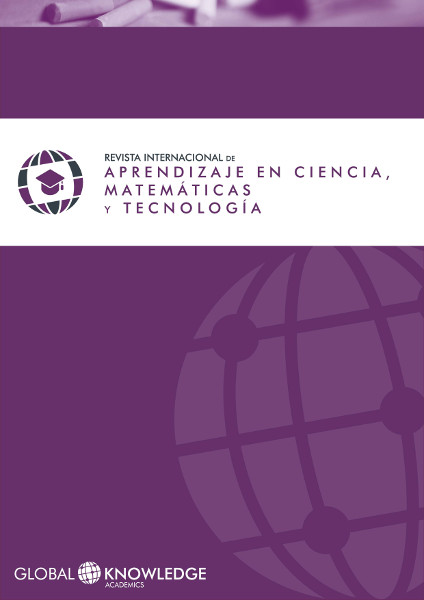Propuesta didáctica de matemáticas / Didactic Propousal of Mathematics
DOI:
https://doi.org/10.37467/gka-revedumat.v4.410Resumen
ABSTRACT
The teaching of mathematics generates problems when the process is broken and it is forgotten that this science arises from a concrete reality, that for its understanding it is necessary to construct symbolic models and conclude in the abstraction of those results, if the teaching process is initiated from the symbolic cutting that process and generating the known difficulties. This work seeks that the learning of mathematics arise from the concrete for each student to build their knowledge and assimilate the mathematical contents in their own way, the teacher only guides and facilitates the process. It also shows the positive results of it.
RESUMEN
La Unidad Educativa Andrés F. Córdova está situado en el centro urbano del Cantón Cañar, es la institución educativa de nivel medio más antigua de la localidad, conocida por su vinculación con la colectividad, habiéndose iniciado como Escuela de Artes y Oficios en 1908, bajo la regencia municipal, en 1940 se estructura como colegio fiscal de la República del Ecuador, con carreras netamente técnicas como sastrería y carpintería, luego se abrirá la especialidad de mecánica y la de contabilidad.
Su vocación de carreras prácticas hizo que se le reconozca como colegio técnico, luego Instituto Técnico e Instituto Tecnológico Superior, hasta la actualidad, donde se le designa como Unidad Educativa Andrés F. Córdova, separando del Instituto Superior Andrés F. Córdova que bajo la nueva ley funciona autónomamente.
Esa vinculación constante de esta institución con su entorno, ha hecho que se le conozca comúnmente como “El Técnico”, lo que además reconoce la pertinencia de la misma con los requerimientos sociales de Cañar y su entorno.
Descargas
Publicado
Cómo citar
Número
Sección
Licencia
Aquellos autores/as que publiquen con esta revista, aceptan los términos siguientes:
- Los autores/as conservarán los derechos morales sobre la obra y cederán a la revista los derechos comerciales.
- Transcurridos 2 años desde su publicación, la versión del editor pasará a estar en acceso abierto en la web de la editorial, pero la revista mantendrá el copyright de la obra.
- En el caso de que los autores deseen asignar una licencia abierta Creative Commons (CC), podrán solicitarla escribiendo a publicaciones@gkacademics.com.


